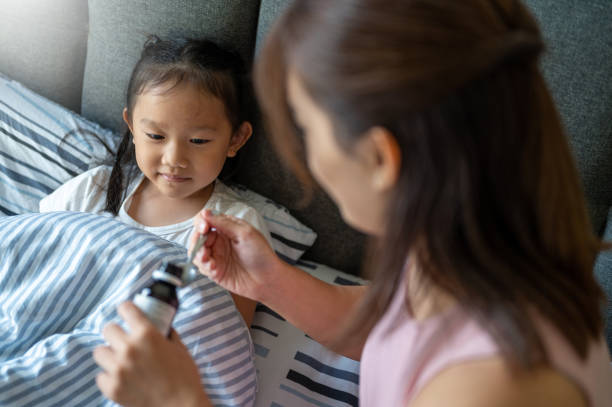Deciding to put kids on multiple medications can feel like navigating a maze with no clear map. It’s a topic that’s becoming increasingly common yet remains daunting for many parents. When you’re faced with the decision of whether your child needs more than one medication for their emotional or behavioural issues, it’s natural to have concerns and questions. Here’s what you need to know to navigate this challenging terrain with confidence.
Why Kids Might Need Multiple Medications
When it comes to mental health, one size rarely fits all. Just as adults might take different medications for different health conditions, children too may require multiple treatments for various issues:

Image from iStock
Complex Conditions
Many children don’t just have one diagnosis; they might have ADHD alongside anxiety or depression. Treating these conditions individually with targeted medications can often provide better outcomes.
Enhancing Effectiveness
Sometimes, the first medication prescribed might not fully alleviate symptoms. In such cases, adding another medication can complement the initial treatment, enhancing its effectiveness without increasing the dosage to potentially harmful levels.
Managing Side Effects
Effective medications can sometimes come with unwanted side effects. Adjusting dosages or combining medications can help mitigate these issues while still providing the necessary therapeutic benefits.
Safety and Effectiveness Considerations
The safety of multiple medications for children is a valid concern among parents and healthcare providers alike:
Expertise Matters
It’s crucial that medications are prescribed by healthcare professionals with specific expertise in paediatric psychopharmacology. This ensures that decisions are well-informed and the treatment plan is carefully monitored.
Avoiding Overmedication
Polypharmacy, or the use of multiple medications from different healthcare providers without coordination, can lead to conflicting treatments and increased risks.
Continuous Monitoring
Regular evaluations are essential to monitor the child’s response to medications, adjust dosages if necessary, and watch for any emerging side effects or interactions.
Potential Risks of Multiple Medications
While combining medications can be beneficial, it’s not without risks:
Interaction Risks
Some medications may interact negatively with others, intensifying side effects or reducing their effectiveness. This underscores the importance of careful monitoring and adjustment.
Sequential Approach
Introducing medications one at a time allows healthcare providers to better assess each drug’s impact and make informed decisions based on the child’s response.
When to Seek Guidance
If you’re unsure about your child’s medication regimen, don’t hesitate to seek additional guidance:
Second Opinions
Getting a second opinion from another qualified healthcare provider can provide valuable insights and alternative treatment options.
Holistic Approach
Combining medication with behavioural therapies and environmental adjustments can often yield more comprehensive results, addressing the child’s needs from multiple angles.
Takeaway
Deciding whether a child needs multiple medications is a significant decision that requires careful consideration and collaboration between parents and healthcare providers. By prioritising safety, monitoring effectiveness, and exploring holistic treatment approaches, you can navigate this complex landscape with confidence and ensure the best possible outcomes for your child’s mental health journey.
ALSO READ:
6 Tricks to Get a Fussy Child Take Medicine
9 Over-the-Counter Medicines You Should NEVER Give Your Child Without a Paediatrician’s Go Signal
Mum’s Genius Toddler Medicine Hack Can Ease Every Parent’s Headache